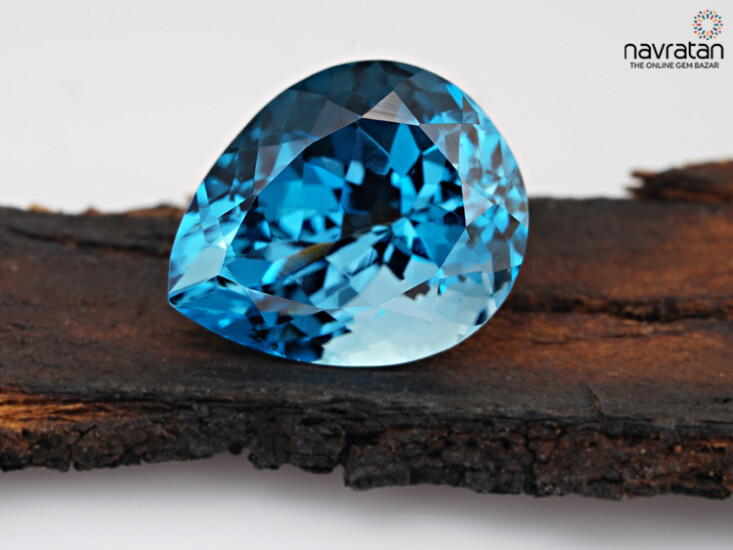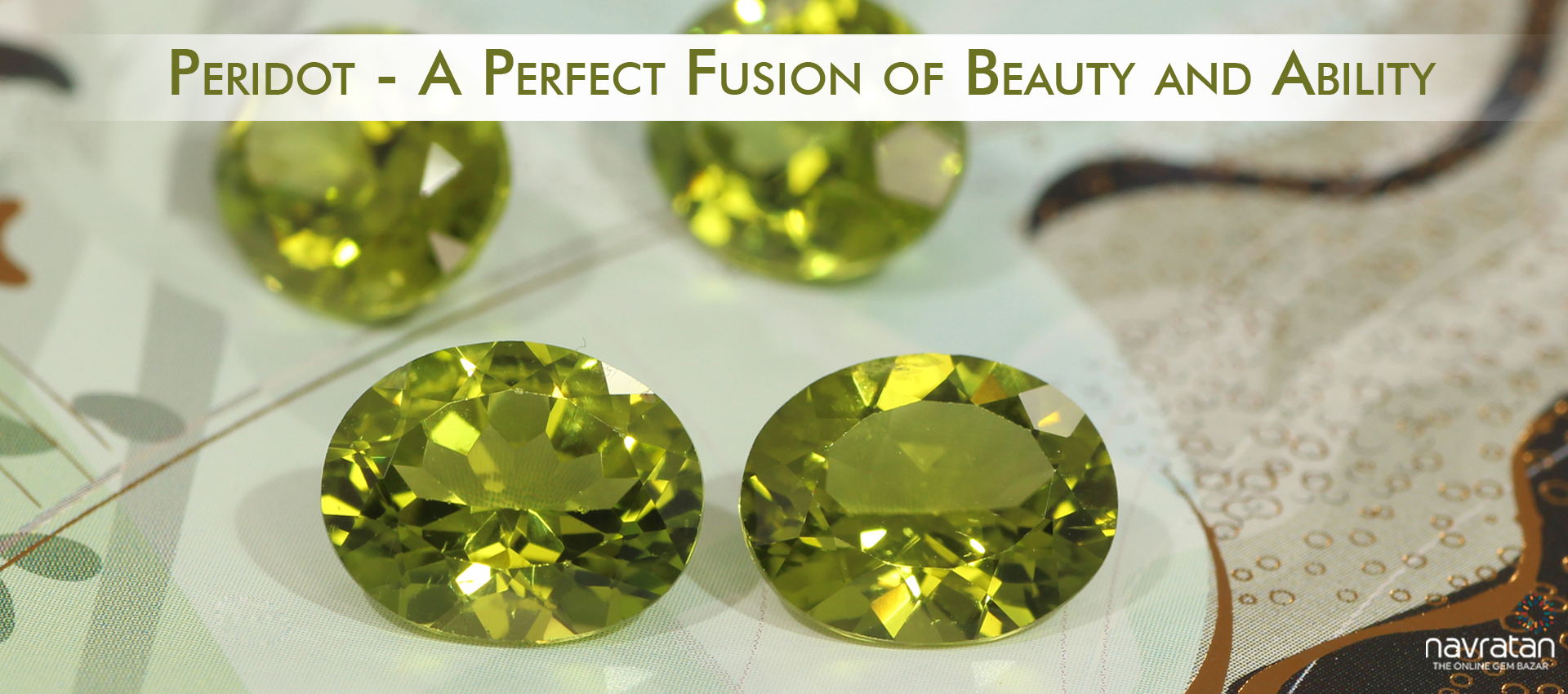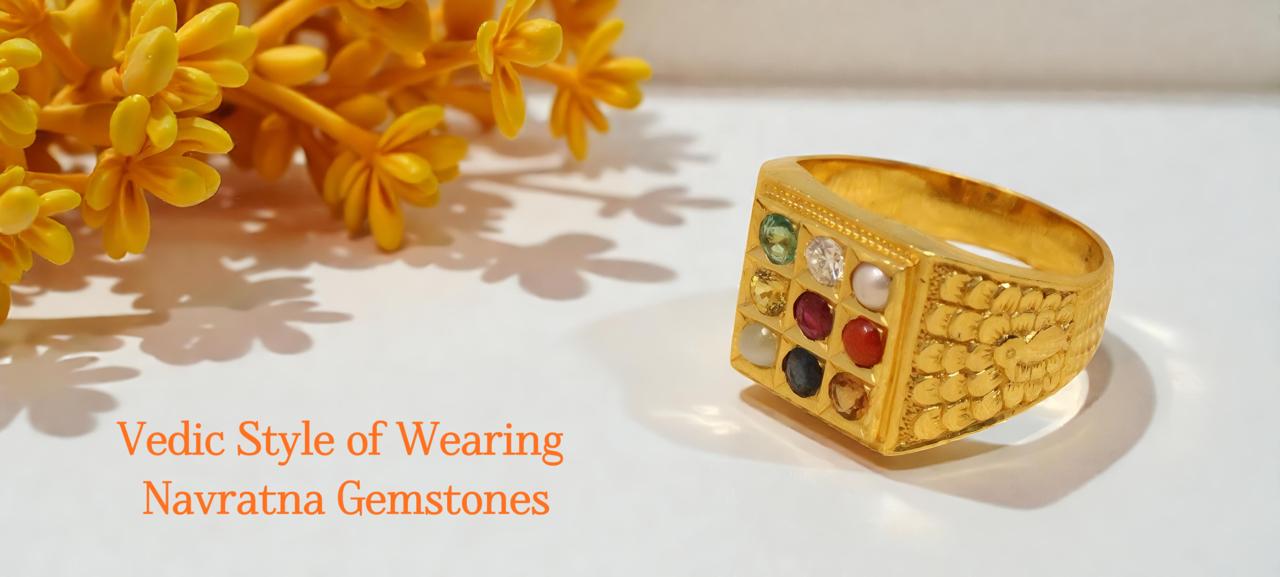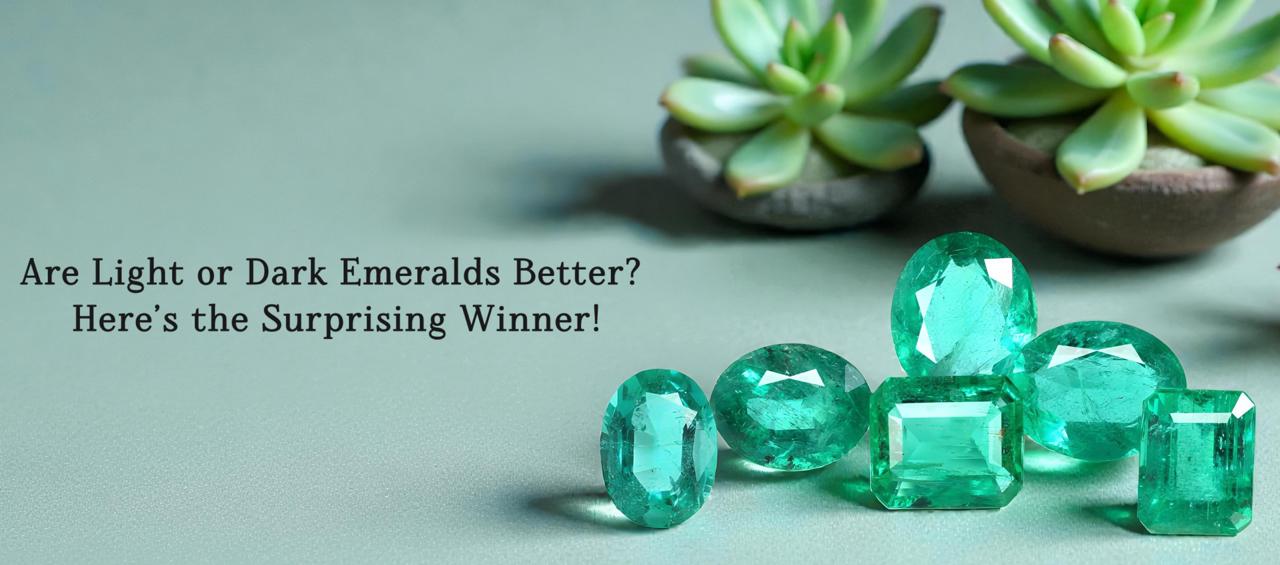 Categories
Categories 
Choosing between the two best is always a Herculean and mind-bending task even for the most sagacious individuals. One has to be quite meticulous, analytical, and unbiased in approach along with doing holistic comparison when two juggernauts are involved. In the domain of blue color gemstones, Aquamarine and blue topaz are two of the biggest and most revered goliaths.
Both gemstones are hailed for their unparalleled beauty, astronomical astrological, physical, and spiritual significance, and massive involvement in the jewelry and fashion segments. However, despite the ridiculously high value, significance, and popularity, everything boils down to one thing; which stone is most valuable? To find out whether aquamarine is more valuable or blue topaz, it’s essential to understand their properties and differences first and then draw a solid conclusion out of a thorough analysis.

In this blog post, we have curated all the major differences and similarities between blue topaz and aquamarine gemstones by considering numerous parameters that will help you to take your stand for one of them.
Blue Topaz: The best way to begin an in-depth comparison when it comes to gemstones is to state the origin or availability. Blue Topaz is effortlessly available in almost all corners of the world. The principal producers of blue topaz gemstones are Sri Lanka, Scotland, Nigeria, China, Madagascar, Australia, Tasmania, Ireland, Japan, Mexico, and South Africa.
For an exploration of the Blue Topaz gemstone, click on the adjoining text:- Blue Topaz Gemstone
Aquamarine: In terms of availability, aquamarine definitely doesn’t have an upper hand over blue Topaz as it's less mundane in availability. The major sources of aquamarine gemstones are Brazil, Kenya, Madagascar, Pakistan, Afghanistan, Zambia, Tanzania, Nigeria, Sri Lanka, and Russia.
Blue Topaz: As we all know, blue topaz comes in a multitude of stunning blue color hues because of the presence of Vanadium and Chromium. The increase and decrease in the percentage of these elements cause major color variations. However, blue topaz undergoes multiple treatments to achieve a striking and lustrous appearance. In reality, a natural lush blue color in Topaz is extremely rare to find.
Aquamarine: Contrary to blue topaz, aquamarine’s blue color is completely natural and exhibits more color hues and vividness than blue topaz stone. The blue color of aquamarine exemplifies the mighty ocean as well as tranquility. A major chunk of aquamarine gemstones is light blue in color. Aquamarine stones with deep blue color and brown veins running on the surface are rare to find.
Blue Topaz: In terms of durability, blue topaz is relatively hard than most of the gemstones. It has a commendable rating of 8.0 on the Mohs scale which lucidly states that blue topaz can be worn on a daily basis as well as quite resistant to scratch and damage. As topaz is a silicate mineral of aluminum and fluorine, it has a general chemical composition of Al2SiO4(FOH)2 and is extensively used in jewelry and other adornments. The specific gravity of the blue topaz is 3.49 to 3.57 and also exhibits weak pleochroism.

Aquamarine: If we compare the durability of Aquamarine and blue topaz, the former is no less than the latter one as it also has a rating of 7.5-8.0 on the Mohs scale. However, unlike blue topaz, Aquamarine doesn’t have fragile cleavages and delicate plains which means it is less prone to physical damage. On the contrary, aquamarine is more prone to internal damage because of its delicate internal structure. Hence, it is recommended to not perform any pressure-exerting activities while wearing an aquamarine gemstone. Aquamarine is a bluish-green variety of the beryl family with a chemical composition Be3Al2Si6O18. Because of numerous attention-grabbing blue-green issues, Aquamarine is an exemplary choice for jewelry and a multitude of adornments. Aquamarine has a specific gravity ranging between 2.65 to 2.85 with no pleochroism and chatoyancy effects.

Blue Topaz: It is not a hidden fact that naturally occurring blue color in topaz is extremely rare in occurrence. Therefore, most topaz stones undergo different types of treatments like heat treatment or irradiation to obtain the coveted color. It is recommended to check the treatment and origin factors in the certificate before you buy blue topaz as most scammers will sell you a cheap replica of the blue topaz.
Aquamarine: One of the astonishing facts about aquamarine stones is they are primarily found in their original color and barely undergo treatment to enhance appearance and luster. However, to achieve the desirable bluish-green color in aquamarine stones, they are subjected to low heat to convert ferric iron into ferrous iron which is responsible for ravishing deep blue color as well as bluish-green color in aquamarine.
In terms of value, blue topaz is a less valuable than aquamarine because of color treatments. Aquamarine stones usually undergo a lot fewer treatments to achieve the coveted color compare to blue topaz. When a stone undergoes multiple treatments, its value also decreases significantly. If you compare other aspects of blue topaz and aquamarines like color, hardness, and beauty, they are almost equal. However, when it comes to valuing both stones, aquamarine definitely has an upper hand on blue topaz.
For an exploration of Aquamarine stones, just click on the text next to this:- Aquamarine stones
Though blue topaz is less abundant than aquamarine, when it comes to affordability, blue topaz is way easy to afford than a top-quality aquamarine stone. For example, if you compare the price of different forms of jewelry of blue topaz and aquamarine, the price of aquamarine stone jewelry is usually twice or thrice of blue topaz jewelry. Ultimately, everything depends on your motive. If your motive is to buy an affordable gemstone with a striking blue color, blue topaz will topple aquamarine by miles. However, if value and class are all you seek, an aquamarine gemstone can deliver you all.
Considering all the above-stated pointers, it’s quite daunting for anyone to declare a clear winner between blue topaz and aquamarine as both stones topple each other in different aspects. While blue topaz is more affordable than aquamarine, in terms of value, aquamarine is miles ahead of blue topaz as its implications are more in the segments of jewelry and fashion.
To explore Aquamarine rings, simply click on the adjacent text:- Aquamarine rings
Blue topaz is easily available because of heat and irradiation treatments but finding a natural aquamarine stone under your budget is a mammoth task. It does come but with a pocket-denting price tag. However, if it comes down to choosing one gemstone, aquamarine is a bit more popular and revered than blue topaz because of umpteen reasons. Nothing can beat the charm and unmatched beauty of a natural aquamarine stone. Moreover, investing in a quality aquamarine is worth every penny, whereas, the value of a blue topaz dwindles with respect to time.
If you are the kind of person who gives preference to organic things, aquamarine will always be your numero uno choice.

Top Zodiac Signs That Will Shine This Year & Their Gemstones Guide
January 3rd, 2026



Are Light or Dark Emeralds Better? Here’s the Surprising Winner
December 24th, 2025